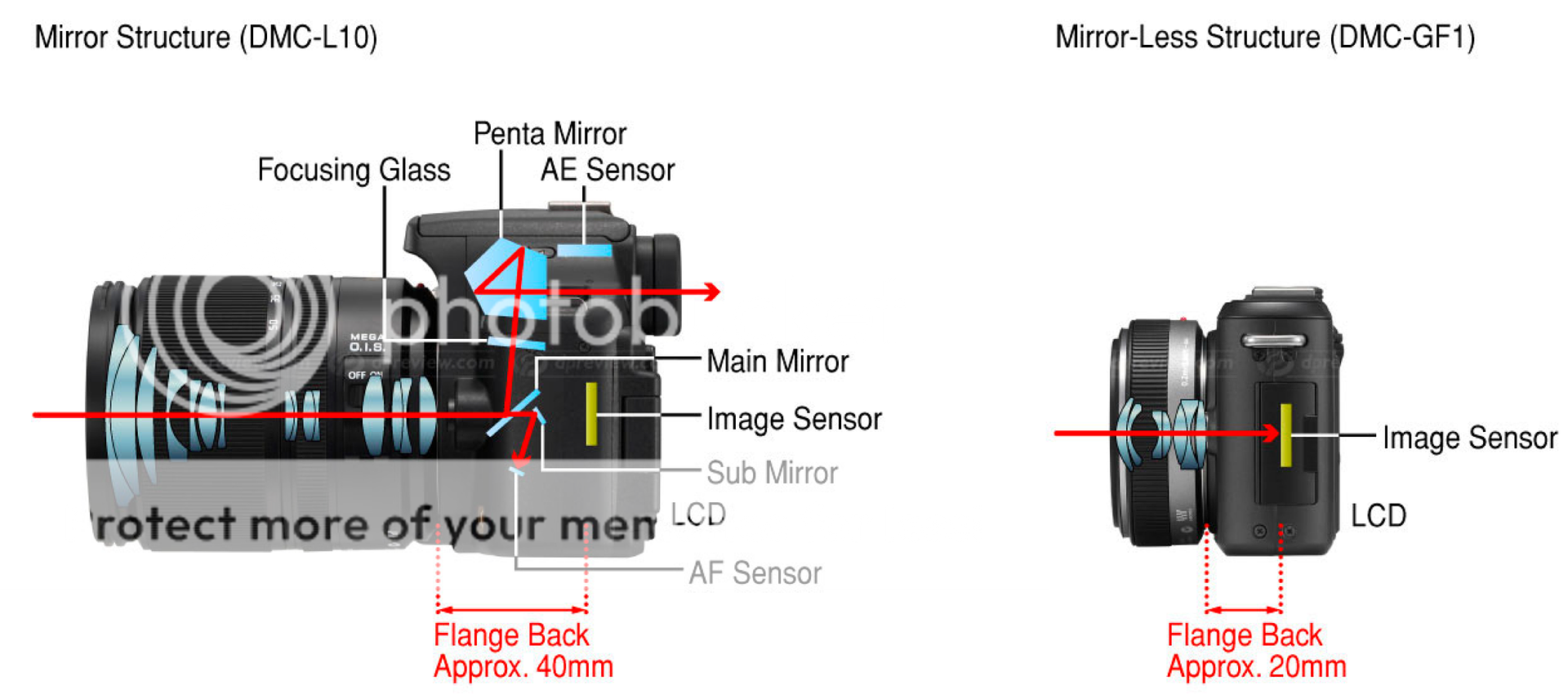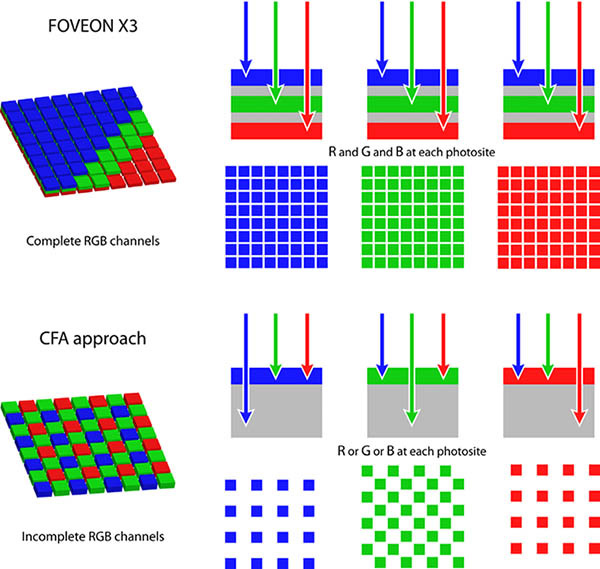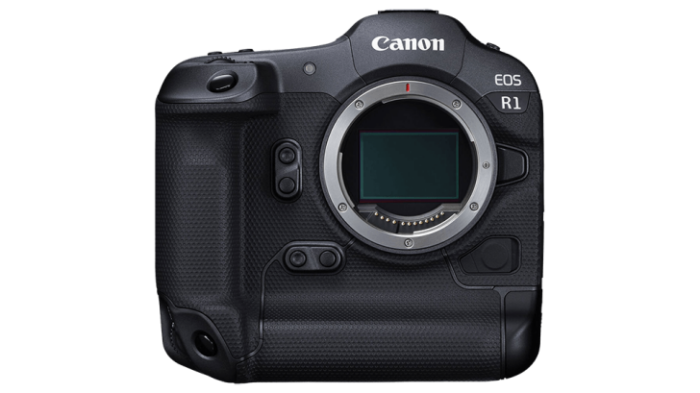Why Mirrorless?

Why Mirrorless ?
What is a Mirrorless Interchangeable Lens Camera (MILC)
and
How does it differ from a Digital Single Lens Reflex Camera (DSLR) ?
Why am I writing this article ? I was talking about cameras with family members recently. The subject of discussion was a Nikon 1 V2 camera. The question was put …”What kind of camera is that” ? I said “It’s a mirrorless interchangeable lens camera, not a digital single lens reflex camera, OK” ? They replied…”What are you talking about, we don’t understand any of those words”.
These particular family members are pretty smart people but they are, like most other people, just not camera geeks.
(very) Brief Historical Background For many years if you wanted to step up to better picture quality from a compact camera, you got a Single Lens Reflex (SLR). In due course film gave way to digital and the SLR became a DSLR.
Leica can probably claim to have been the first to introduce a MILC with it’s original 35mm film M series rangefinders dating from 1954, and also the first to introduce a digital MILC with the M8 of 2006. But M Leicas occupy a select niche with manual operation and very high prices.
The MILC entered the electronic era with the 2008 release by Panasonic of the G1 which was the first camera made to the new Micro Four Thirds (M43) format. Olympus soon followed with it’s own M43 cameras. Other makers were not far behind with their own interpretations of the MILC theme, using a variety of different sensor sizes and proprietary lens mounts.
Now all the makers of interchangeable lens cameras offer some kind of MILC. Some, such as Panasonic, Olympus and Fuji are fully committed to mirrorless ILC’s. Others such as Canon, Nikon and Pentax remain heavily involved with DSLR production. Sony appears (although this is not entirely clear) to be in transition to an all mirrorless model lineup (maybe).
The DSLR Has it’s roots in mid 20th Century technology. It is essentially a mechanical/optical device onto which has been grafted autofocus and digital image capture. It’s effective operation is highly reliant on optical and mechanical components which must be manufactured and assembled with a high degree of precision. These include the flipping mirror, submirror, autofocus module, focus screen and pentaprism.
The MILC Is a creature of the 21st Century and of electronic technology. The MILC does away with the mechanical components referred to above. It replaces the optical viewfinder (OVF) with an electronic viewfinder (EVF).
What are the advantages of the MILC ?
Size/mass Much of the manufacturer’s promotional material for the MILC concept strongly emphasises the reduced body size made possible by the new technology. This is all true of course but maybe not as important to consumers as the makers appear to believe. There could be several reasons for this.
- Cameras can get smaller but the hands which hold them do not, so there reaches a point at which the camera body is so small it becomes difficult to hold and operate confidently.
- DSLR’s can also be made quite small.
- We are talking about cameras which use interchangeable lenses so we need to consider the size and weight of a camera body with several lenses. As it happens, lens size is mainly determined by sensor size which is unrelated to the question of DSLR vs MILC technology.
- EVF vs OVF The debate about the relative merits of the two types of viewfinder continues to find energy on camera user forums. However as EVF’s improve with each iteration and given that the OVF reached the end of its’ evolutionary journey many years ago, the balance is gradually shifting in favour of the EVF.
OVF advantages
- A good quality OVF provides better highlight/shadow detail than even the best current EVF’s, especially in bright sunny conditions, but the gap is closing.
- With continuous shooting an OVF preview image refreshes at the speed of light which we all know is pretty darn quick. The best EVF’s are not yet as fast. ?
EVF advantages
- Preview image brightness can be configured to remain constant in bright or low light. It can also be set to emulate the effect of exposure compensation.
- The EVF can be adjustable for brightness, contrast/saturation and color balance, to suit individual requirements.
- The EVF can be configured to a variety of image preview and review formats. The aspect ratio can be selected. The preview type such as SLR style or Monitor style, can be selected.
- A large number of user selectable image overlays can be displayed or not displayed, to user preference.
- The EVF typically displays a 100% accurate image preview size and boundary. Most OVF’s do not.
Segue from eye level view to monitor view
The DSLR is really two cameras inhabiting the same body shell. With eye level viewing the light path passes through the lens, is partly reflected off the flipping mirror, travels up through the focussing screen, pentaprism and viewfinder eyepiece. But switch to monitor view (often called live view in DSLR parlance) and the light path is completely different. The mirror flips up and the camera now functions like a MILC, with image preview, focussing, and exposure measurement all derived from the imaging sensor.
With the MILC there is no need to switch from one view to the other. They are the same view, streamed directly and continuously from the imaging sensor. The EVF and monitor can be configured to have exactly the same appearance and features. [note: not all MILC’s currently offer this facility. They should, it makes a big difference to the user experience.] Look at the monitor, you see the monitor. Look at the viewfinder, you see the EVF. The segue from one to the other is seamless.
Whenever I use a DSLR I am reminded of just how clunky and discontinuous is the DSLR experience when switching view modalities, compared to the smooth and seamless experience with a good MILC.
Auto Focus In a DSLR there are two completely different autofocus systems. (Sony SLT’s use one system).
With eyel level view AF is managed by a module in the base of the camera. This receives light passing through the semi reflective flipping mirror, onto a submirror, then to a series of prisms and lenses making up the AF module. This system has two characteristics
- It can be very fast
- It is prone to inaccuracy from two sources
* The slightest misalignment of the optical/mechanical components of the AF pathway will lead to repeatable AF error, i.e. always too close or always too distant.
* The Phase Detect AF technology used is subject to random type errors. This is because the PDAF system determines where it thinks a lens focussing module should be sent and does so. This is fast, but does not confirm exact focus hence the inaccuracies.
With monitor viewing the DSLR uses the imaging sensor for autofocus just like the MILC described below. However many DSLR’s focus very slowly in monitor view as their on sensor AF technology is not as advanced as that in MILC’s.
With a MILC autofocus is always determined right on the imaging sensor. It can utilise phase detect (PD), contrast detect (CD) or some combination of both.
The AF speed of early model MILC’s was slightly slower than typical DSLR’s. However as I quickly realised when I started comparing my early model Panasonic MILC’s to my mid range Canon DSLR’s, the Panasonic MILC’s were very much more consistent and accurate in all conditions. It was in fact this inconsistency with Canon DSLR AF which caused me to move to MILC’s.
AF speed in MILC’s has now increased to the extent that many are now both faster and remain more accurate than DSLR’s with single shot capture.
Continuous Autofocus (follow focus on moving subjects) While many MILC’s are now comprehensively better at single shot AF than DSLR’s the same is not true for follow focus capability.
One of the issues here is EVF blackout time in MILC’s. Because viewfinder blackout is longer (than a DSLR) after each frame, using the MILC for continuous AF at high frame rates is difficult. The other issue is that the makers of MILC’s are not yet quite up to DSLR speed with their on sensor AF-C systems. There are some exceptions to this, notably the Nikon 1 series V1 and V2 cameras which allow 5 or 15 frames per second with AF on each frame.
Mirror Slap vs Shutter Shock DSLR’s can produce unsharp photos at certain shutter speeds (often around the 1/8-1/4 sec range) due to vibrations caused by the flipping mirror. Some MILC’s can also exhibit unsharpness with some lenses in some conditions due to the initial closing action of the focal plane shutter. This has been reported in the shutter speed range 1/20-1/160 second and is often referred to as “Shutter Shock”.
Cost At the moment, DSLR makers are working to retain market share with aggressive discounting. And it must be said MILC makers are doing the same thing with runout and discontinued models. However when the silly season is over, assuming it will ever be over, and the makers of MILC’s have recouped more of their R&D costs, there are reasons for believing that MILC’s can be inherently cheaper to make than DSLR’s. They have fewer components to make and assemble, fewer components which require accurate location in three dimensions and more electronic components which should be cheaper to mass produce and easier to assemble.
Evolution The DSLR evolved from the film era SLR. In the 1980’s the SLR acquired autofocus and in the 21st Century it replaced film with digital capture. In the process it acquired a monitor screen on the back and lots of buttons to control the electronics. But the basic architecture remains. There is a discontinuity between eye level view and monitor view. The flipping mirror and other optical/mechanical components remain in place. Sony tried, with some success, to address these concerns with it’s SLT variant of the DSLR theme. But these cameras have a translucent mirror permanently located in the image forming light path and they do not permit reduction of the flange back distance. For these reasons I suspect the SLT variant is unlikely to have long term prospects.
In effect DSLR evolution has come to an end. The basic architecture is locked in. Most of the recent technology advances seen in DSLR’s, such as improved sensor and image processing technology, could be applied to MILC’s or any other kind of camera.
The MILC however can be any shape or size, almost without restraint. The EVF can be located just about anywhere. Technology will improve EVF and AF-C performance.
As many operations on a MILC are drive by wire, the function of user interface modules can be user assigned for a high degree of configurability.
What do MILC’s need to improve ?
I nominate three main areas in which improvement is needed.
1. Improved EVF appearance, smoothness in low light and refresh rate.
2. Improved follow focus capability.
3. Elimination of shutter shock by moving from mechanical to electronic shutters.
I believe each of these challenges is amenable to a technological solution. Many current model MILC’s already incorporate partial solutions to each.
You can read more discussion about mirrorless cameras on my Camera Ergonomics blog at http://cameraergonomics.blogspot.com.au


